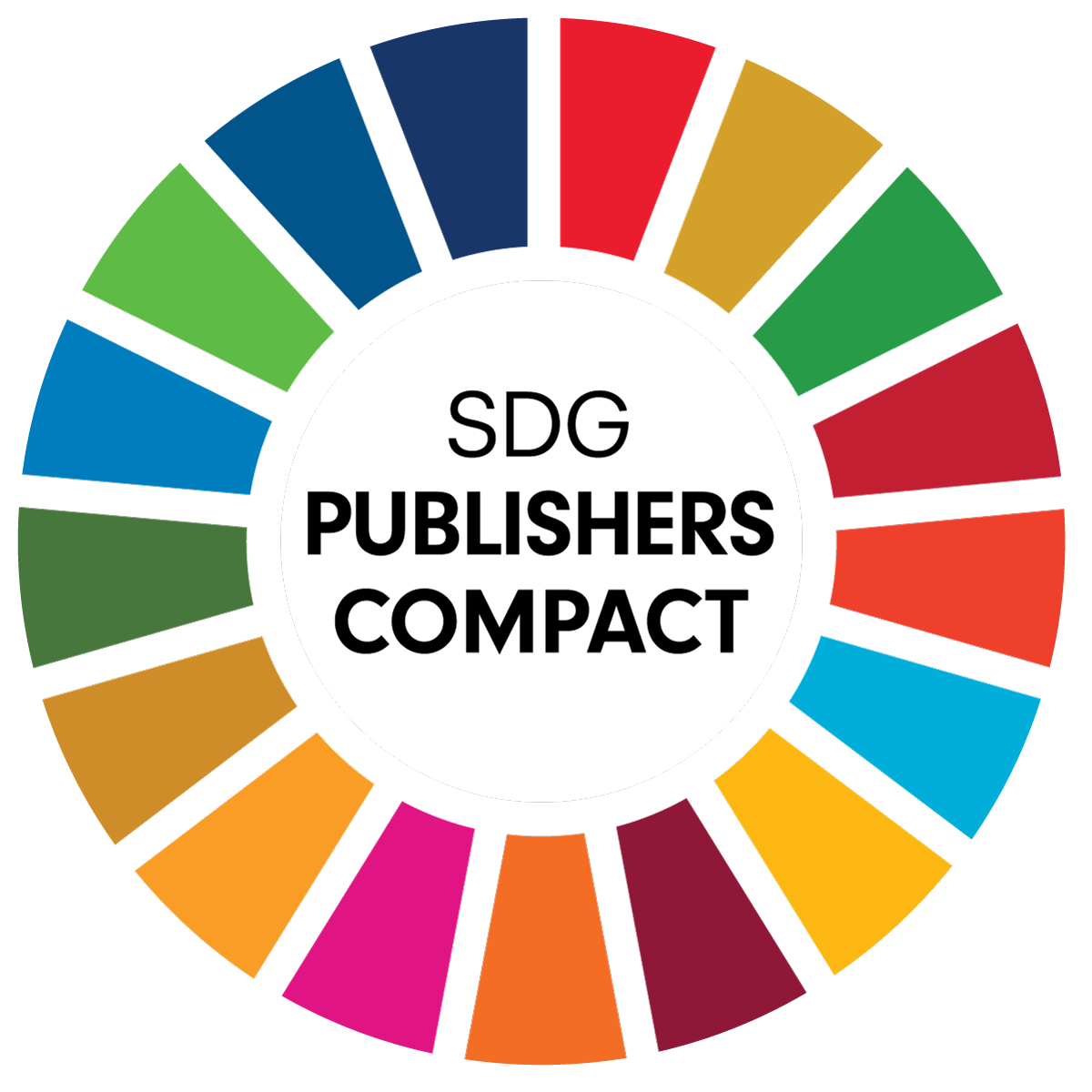Emerging Countries' Counter-Currency Cycles in the Face of Crises and Dominant Currencies
This article explores how emerging economies use countercyclical monetary policies, such as interest rate adjustments, foreign exchange interventions, and capital controls, to manage crises and fluctuations in dominant currencies like the US dollar and the euro. Highlighting economic cycles and financial crises - including 1997, 2008, and the COVID-19 pandemic—the article emphasizes the vulnerabilities of emerging markets to external shocks.
Through case studies of Brazil, India, and Nigeria, it demonstrates how these nations navigate economic instability with monetary tools, despite structural and institutional constraints. An econometric analysis using a VAR model evaluates the effectiveness of these policies on GDP, inflation, and exchange rates, showing how emerging economies can adapt to external shocks and stabilise growth in the long term.
© The Author(s) 2024. Published by RITHA Publishing under the CC-BY 4.0. license, allowing unrestricted distribution in any medium, provided the original work, author attribution, title, journal citation, and DOI are properly cited.
Spring-Ragain, H. (2024). Emerging countries' counter-currency cycles in the face of crises and dominant currencies. Journal of Global Sustainability and Development, Volume I, Issue 1, 61 – 80. https://doi.org/10.57017/jgsd.v1.i1.04
Torija-Zane, E. (2012). Le rôle de la banque centrale indienne dans la politique économique: une approche par le bilan de la RBI. Revue d'économie financière, 107, 93-114. https://doi.org/10.3917/ecofi.107.0093
Fabbian, L. (2023, 19 février). Au Nigeria, la périlleuse politique monétaire de la banque centrale plonge le pays dans le chaos. Le Monde.fr. https://www.lemonde.fr/afrique/article/2023/02/19/au-nigeria-la-perilleuse-politique-monetaire-de-la-banque-centrale-plonge-le-pays-dans-le-chaos_6162484_3212.html
Sims, C. A. (1980). Macroeconomics and Reality. Econometrica, 48(1), 1–48. https://doi.org/10.2307/1912017
Harrak, P. (2020). L'euro peut-il devenir la monnaie internationale dominante? Faculté des sciences économiques, sociales, politiques et de communication, Université catholique de Louvain, 2020. Prom: Bodart, Vincent. http://hdl.handle.net/2078.1/thesis:23817
Gopinath, G., & Itskhoki, O. (2022). Dominant currency paradigm: A review. In G. Gopinath, E. Helpman, & K. Rogoff (Eds.). Handbook of International Economics, 6, 45-90. https://doi.org/10.1016/bs.hesint.2022.02.009
Bacchetta, P., & van Wincoop, E. (2005). A theory of the currency denomination of international trade. Journal of International Economics, 67(2), 295-319. https://doi.org/10.1016/j.jinteco.2004.01.006
Devereux, M. B., Shi, K., & Xu, J. (2007). Global monetary policy under a dollar standard. Journal of International Economics, 71(1), 113-132. https://doi.org/10.1016/j.jinteco.2005.12.007
Corsetti, G., & Pesenti, P. (2005). International dimensions of optimal monetary policy. Journal of Monetary Economics, 52(2), 281-305. https://doi.org/10.1016/j.jmoneco.2004.06.002
Betts, C., & Devereux, M. B. (2000). Exchange rate dynamics in a model of pricing-to-market. Journal of International Economics, 50(1), 215-244. https://doi.org/10.1016/S0022-1996(98)00036-1
Lane, P. R. (1997). Inflation in open economies. Journal of International Economics, 42(3–4), 327-347. https://doi.org/10.1016/S0022-1996(96)01442-0
Cukierman, A., Steven B. Web, & Neyapti, B. (1992), Measuring the Independence of Central Banks and Its Effect on Policy Outcomes. The World Bank Economic Review, 6(3), 353–398, https://doi.org/10.1093/wber/6.3.353
Lars E., Svensson, O., & van Wijnbergen, S. (1989), Excess Capacity, Monopolistic Competition, and International Transmission of Monetary Disturbances. The Economic Journal, 99(397), 785–805. https://doi.org/10.2307/2233771
Hartmann, P. (1998). The currency denomination of world trade after European Monetary Union. Journal of the Japanese and International Economies, 12(4), 424-454. https://doi.org/10.1006/jjie.1998.0417
Aglietta, M. (1979). La notion de monnaie internationale et les problèmes monétaires européens dans une perspective historique. Revue Économique, 30(5), 808–844. https://doi.org/10.2307/3501314
McKinnon, R. I. (2001). The problem of dollar encroachment in emerging markets. Journal of Policy Modeling, 23(3), 301‑319. https://doi.org/10.1016/s0161-8938(01)00049-7
Otero-Iglesias, M., & Steinberg, F. (2012). Is the Dollar Becoming a Negotiated Currency? Evidence from the Emerging Markets. New Political Economy, 18(3), 309–336. https://doi.org/10.1080/13563467.2012.685931
Druck, P., Magud, N. E., & Mariscal, R. (2018). Collateral damage: Dollar strength and emerging markets’ growth. The North American Journal of Economics and Finance, 43, 97-117. https://doi.org/10.1016/j.najef.2017.10.007
Cavani, B., & Shousha, S. (2024). The Dollar and Emerging Market Economies: Channels and Impacts. N/A. https://usdeme.s3.amazonaws.com/USDEME.pdf




